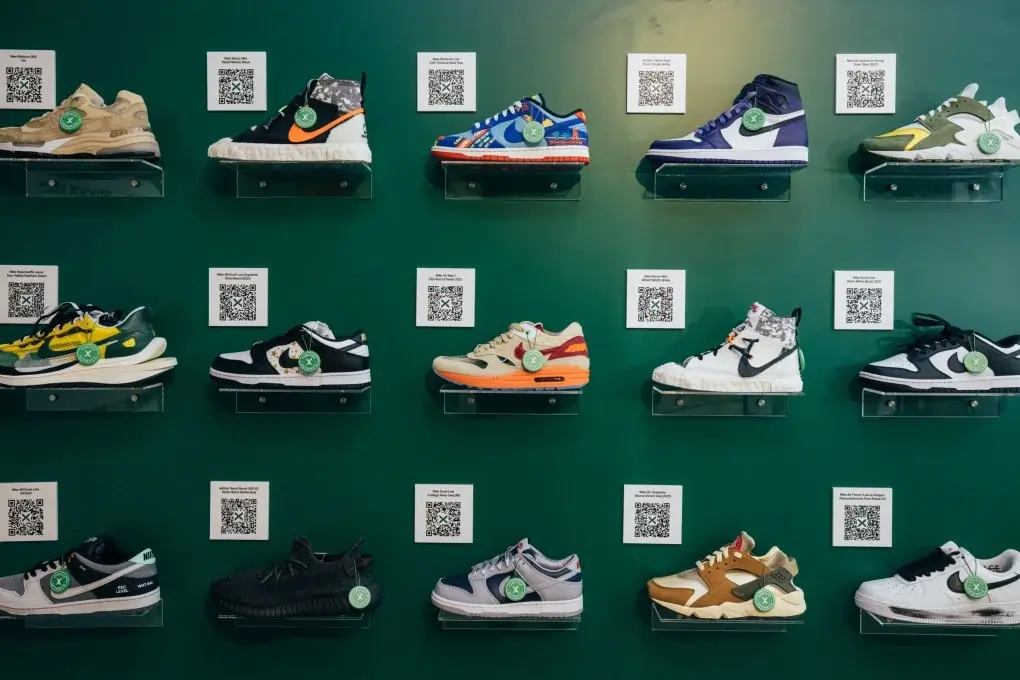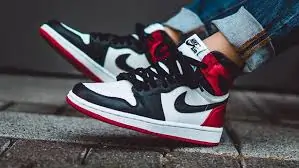In the world of fashion and footwear, the demand for high-end fake shoes has never been greater. Whether it’s the latest Nike Air Jordans, luxury designer brands like Gucci or Balenciaga, or coveted limited-edition releases, shoes are a status symbol and a reflection of personal style. However, as the demand for these exclusive and high-priced items rises, so does the market for fake shoes. Fake shoes, also known as replicas or counterfeit shoes, are a multi-billion-dollar industry that impacts both the fashion world and consumers alike. But what drives the popularity of fake shoes, and what are the implications for both buyers and sellers?
What Are Fake Shoes?
Fake shoes are essentially counterfeit versions of popular, branded footwear. These shoes mimic the design, logo, and overall appearance of high-end, authentic brands but are produced and sold at a fraction of the price. The counterfeit market is vast, with fake shoes ranging from sneakers to formal footwear. While some replicas are easily identifiable due to poor craftsmanship, others are so well-made that they can fool even the most discerning buyers.
The most commonly faked shoes are from brands like Nike, Adidas, Yeezy, and high-end luxury brands. Some counterfeit shoes are produced in small, unregulated factories, while others are manufactured in large, organized operations that specialize in replicating the latest trends and releases.
The Appeal of Fake Shoes
There are several reasons why people opt for fake shoes over authentic ones, even when they are aware of the consequences.
1. Affordability: The most obvious reason for buying fake shoes is price. Authentic designer shoes can cost hundreds or even thousands of dollars, which is out of reach for many consumers. In contrast, counterfeit shoes often retail for a fraction of the price, making them more accessible to a larger market.
2. Status Symbol: Shoes, especially designer sneakers, are often seen as a status symbol. People want to wear high-end brands, but not everyone can afford to buy the real deal. Fake shoes offer a way for individuals to appear as though they have access to expensive brands without the financial strain.
3. Fashion Trends: Sneaker culture has grown exponentially in recent years, with limited-edition releases and collaborations gaining massive attention. However, not everyone can secure a pair of these exclusive shoes due to the limited availability. For sneakerheads and fashion enthusiasts, fake shoes provide an alternative to owning the latest trends.
4. Peer Pressure and Social Media: The rise of social media influencers and celebrities wearing expensive shoes has contributed to the pressure to own designer footwear. In an age where social media posts are seen as a measure of one’s success and lifestyle, fake shoes can be a way to keep up with trends and appear fashionable without spending a fortune.
The Dangers of Fake Shoes
While fake shoes may seem like a tempting alternative, they come with significant drawbacks and risks that consumers should be aware of.
1. Quality and Durability: One of the biggest downsides of fake shoes is their inferior quality. Counterfeit shoes are often made from cheaper materials that don’t provide the same level of comfort, durability, or support as the authentic versions. Over time, the shoes may fall apart, leading to a waste of money. Additionally, poorly made shoes can cause discomfort, blisters, and even foot injuries.
2. Ethical Concerns: The production of fake shoes often involves unethical practices. Counterfeit manufacturing is illegal and can involve exploitative labor conditions, poor working environments, and even child labor. Supporting this market inadvertently supports these harmful practices, making the purchase of fake shoes a morally questionable choice.
3. Legal Risks: Buying and selling fake shoes is illegal in many countries. Brands that own trademarks and patents for footwear often take legal action against counterfeit manufacturers and distributors. If you are caught buying, selling, or distributing counterfeit products, you could face legal penalties, including fines and, in some cases, imprisonment.
4. Loss of Consumer Trust: Purchasing fake shoes also carries the risk of getting scammed. Since the counterfeit market is unregulated, buyers may be deceived into paying for fake shoes that are poorly made and vastly different from what was advertised. This lack of consumer protection means that buyers could lose their money and end up with a product that doesn’t meet their expectations.
The Impact on the Footwear Industry
The prevalence of fake shoes has a ripple effect on the entire footwear industry. Legitimate footwear companies lose revenue each year due to counterfeiting. Not only do counterfeit shoes take away from their market share, but they also damage their brand image. When consumers purchase fake versions, they may have a poor experience with the quality, leading to negative perceptions of the brand itself.
Additionally, the spread of counterfeit products undermines the creativity and innovation of legitimate designers and manufacturers. The constant theft of design ideas and product lines from counterfeiters stifles the incentive for companies to invest in new technologies and cutting-edge designs. The knock-off culture diminishes the value of authentic products, reducing the overall worth of footwear in the long term.
How to Spot Fake Shoes
If you’re considering purchasing high-end shoes, it’s essential to know how to distinguish between real and fake shoes. Here are some tips to help you identify counterfeit footwear:
1. Price: If the deal seems too good to be true, it probably is. Authentic designer shoes rarely go on sale at deep discounts, so be cautious of shoes that are priced significantly lower than their retail value.
2. Material Quality: Genuine shoes are made from high-quality materials that feel durable and comfortable. If the shoes feel flimsy or cheap, they’re likely fake.
3. Logos and Branding: Check the logo and branding on the shoes. Counterfeit shoes often have slight variations in font, size, or placement of the logo, which may be noticeable to the trained eye.
4. Packaging and Documentation: Authentic brands usually include high-quality packaging, such as branded boxes and dust bags. Counterfeit products often come in cheap, generic packaging.
Conclusion
Fake shoes have become a significant issue in the fashion and footwear industries, driven by the high demand for designer footwear and the desire to own exclusive items. While counterfeit shoes offer an affordable alternative, they come with a range of risks, including poor quality, legal issues, and ethical concerns. The best way to avoid falling into the trap of fake shoes is to educate yourself about the brand, understand the risks, and only buy from trusted sources. Supporting authentic footwear brands ensures that you’re getting a quality product while also contributing to a fair and sustainable industry.



